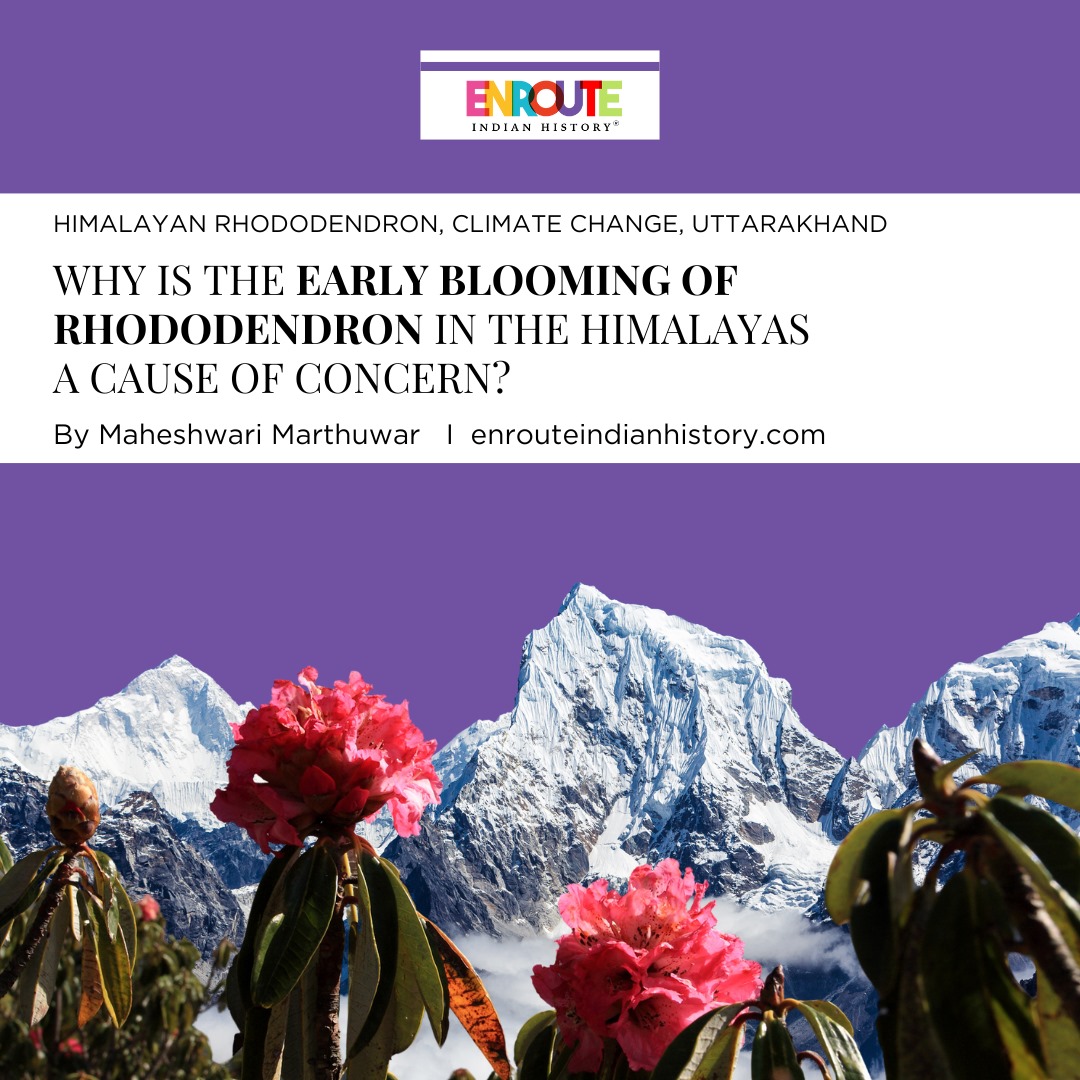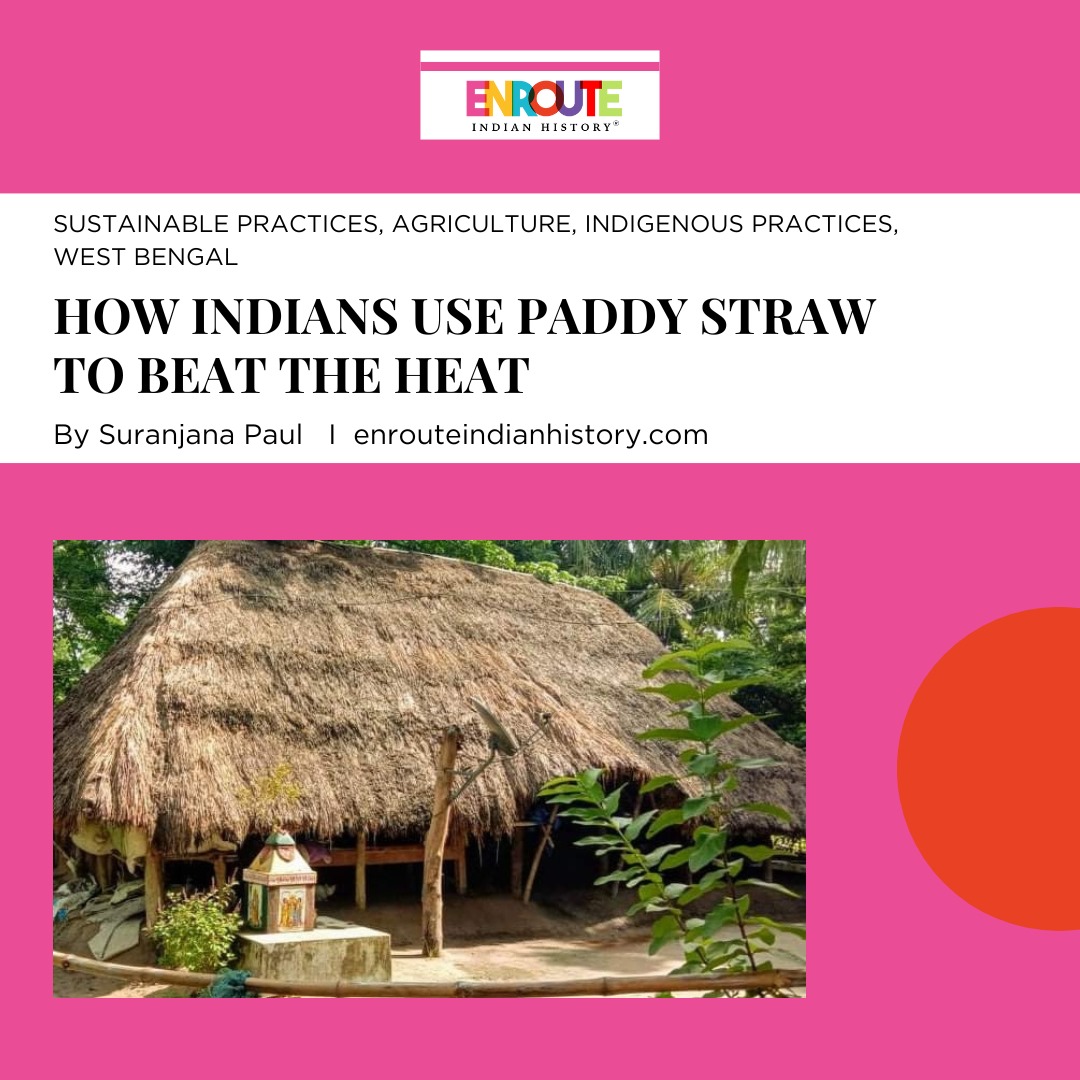
BRAJ: THE PASTORAL LANDSCAPE FOR KRISHNA
Krishna in the Srimad Bhagavatam says, “My dear father, our home is not in the cities or towns or villages. Being forest dwellers, we always live in the forest and among the hills.”
Braj region of Uttar Pradesh is believed to be the mythical homeland of the God Krishna. The term ‘Braj’ means ‘pasture’ and was a settlement of herders and cattle breeders. Here, the Yadava clan is believed to be direct descendants of Krishna calling themselves Krishnavanshi Yadavs– immediately conveying the pastoral character of its indigenous inhabitants. The term Braj does not refer to an area with definite boundaries rather refers to the countryside where He used to graze his cattle and where all the sacred places associated with His childhood are located.
In Mathura, the Yadav community traditionally inhabited three neighbourhoods: Anta Para, Sathgara, and Ahir Para. Anta Para Yadavs claim to come from Ahirwal; Sathgara Yadavs claim to be the original inhabitants of Mathura and Braj; and finally, Ahir Para Yadavs migrated a century ago from the districts of Etah, Mainpuri, Kannauj and Farrukhabad. Yadavs are said to have followed Krishna’s migration from Mathura to Dwarka (Gujarat).

Image 1: Krishna migrating from Vrindavan to Mathura; the borders showing Krishna-lila
KRISHNA AS A GOPALA
In the Bhagavad Gita, one of the central texts of Hindu mythology, Krishna equates the cow to the entirety of the Universe itself.
ISKCON (International Society for Krishna Consciousness), a monotheistic Hindu-related movement, propagates that the concepts of the soul (atma), karma, and varnashrama dharma shape contemporary Hindu understandings of vegetarianism and cruelty-free (ahimsa) animal husbandry and food as an accepted path to spirituality. Mythologically and ritually, dairy products are extensively used in Hindu culture, and the five products (panchagavya) of the cow- milk, curds, ghee/butter, urine, and dung- are all used in puja (worship) as well as in life ritual and penance.
Hindus traditionally revere the cow and regard her as ‘gau-mata’(mother cow). Vaishnava texts instruct the ethos of cow protection (goraksha) with the belief that the cow is symbolic of divine and natural beneficence. This idea may be traced to the early Vedic period, where the Indo-Europeans of the 2nd millennium BCE were pastoralists, and the cows were associated with Vedic deities. It was with the appearance of the doctrine of ahimsa at the end of the Vedic period that the concept of the sanctity of the cow began to materialize.

Image 2: The Divine Cow: gau-mata
In the Bhagvata Purana, Krishna manifests Himself as a cowherd boy and is thus called ‘Gopala’ (protector of the cows) and ‘Govinda’ (one who gives pleasure to the cows). One of His most important lilas is to tend cows in Vrindavan (the earthly abode of Krishna) and Goloka (the world of cows). The 10th canto of the Bhagvata Purana narrates the much-loved stories of Krishna’s birth, his carefree childhood and adolescence, and his life in the company of cowherds and milkmaids, the gopas and gopis. The text also represents how infant Krishna and His brother Balarama used to play with the calves and steal curds and milk. Later, they would also graze them in the forest. The text informs us that Krishna knew each cow and calf by name and that he carried a tethering rope like any other cowherd. The cows, too responded to his love: “The cows, their ears pricked, were also drinking the nectar of the flute music coming from Krsna’s mouth…with tears in their eyes, they embraced Govinda within their hearts” (Bhagvata Purana, 10.21.13).
 Image 3: Krishna playing flute for His cows
Image 3: Krishna playing flute for His cows
Krishna would also drink milk directly from the udders of cows- “Cows with heavy, swinging udders rain milk on the earth. Women’s swollen breasts flow, seep, or leak. Krishna and brother, Balaram, drink from the breast of women and udders of cows.” Flowing milk, whether from breastfeeding women or lactating cows, is auspicious for the whole world and symbolizes love and joyfulness. Yashoda, Devaki, and Rohini nourish Krishna and Balaram with their purest of foods- breast milk.
 Image 4: Krishna drinking from cow’s udders
Image 4: Krishna drinking from cow’s udders
THE BUTTER THIEF
Most of the paintings that we find of infant Krishna are as a child reaching his hand deep into a pot of butter and smearing its contents all over his face. This butter thief image appears significantly among the earliest examples we have of a narrative sculpture of Krishna. From the Gupta period, we find two images of Krishna as the butter thief, and it has been a standard element in portrayals of the Krishna story (krsnacarita) from that time to this. Texts like Bhagvata Purana also refer to the same, along with Jain texts or Harivamsas of Jinasena and Puspadanta or the Balacarita. The Sur Sagar, composed by Sur Das, has the largest and finest collection of Krishna poetry in Hindi and has the most famous butter thief poem- “maiya mai nahi makhan khayan” (“I didn’t eat the butter, ma”).
But why butter? And why steal it? The author J.S. Hawley writes that the locals told him that Krishna was attracted to butter on account of its good taste, its abundance in Braj, and above all its simplicity (saralta). Despite its density, butter is simple. It is uncooked and derived by a natural process from milk, which in turn is the food of ultimate simplicity. Here, the author is informed that the stealing of butter corresponds to the theft of love. A cow produces milk for her calf, her child, and her love. Similarly, when the gopis offer Krishna butter, they offer him the concentration of love itself. This brings us to the idea of ‘bhakti’.

Image 5: Madhubani painting of Krishna eating butter from pot
Krishna only eats fresh butter, i.e., navanit. This answers his stealing part because, if he steals, he can experience the butter in full naturalness (svabhabikta). Now this has to be connected again with bhakti and love. The butter would not taste sweet if he didn’t steal, because there is “an element of contrariety in lovemaking, a bite or a scratch”, that enhances the flavor of love. Thus, for Brajbasis, Krishna’s thievery has nothing to do with thievery in the worldly sense: it is not laukik but rather alaukik.
Also, His mischief is often taken as a child’s behaviour and His theft is not blamed on him but on His tender age. He would release the calves before milking time and play with them, while stealing the butter, milk, or curd and also distributed the same amongst his friends and other animals like kittens or monkeys.
KRISHNA’S ‘CHORI’ BEING CELEBRATED: RAS LILA AND JANMASHTAMI DAHI HANDI
If one attends Krishna’s dramas (ras lila) performed in the Braj region, especially during Krishna’s birth, Janmashtami, there too one finds this butter thief stealing the show. Krishna’s circle dance with his milkmaid lovers remains the central act and a genuinely sacramental one. The plots of several lilas refer to the butter thief at some point, and often the dance sequence surrounding the ras will include the ‘cor cal’, the secretive, twisted, crawling motions that are associated with the butter thief.
As the butter thief lila opens, we see Krishna, played by a Brahmin boy and adorned with bright garments and a crown of jewels and peacock feathers, lying on one piece of furniture. He, when awakened by Yasoda, is famished with hunger and begins looking about what might satisfy him. He sneaks about on his hands and knees, twisting his torso and glancing now and again over his shoulder lest he be caught in his search. These are the stylized motions of a butter thief that the audience has been waiting to see. When Krishna finds a pot, sticks his hand into it, and eats the butter smearing it all over his face.
The ritual of Dahi Handi is celebrated on the occasion of His birth, Janmashtami. It is a tribute to young Krishna’s love for butter. Yashoda was frustrated by the stealing habit so she used to bind Krishna and also told other women in the village to tie their butter and dairy products at a height so that he could not reach it. However, this did not stop Govinda from breaking and smashing the pots and then delighting himself with the meal.

Image 6: Krishna stealing butter from a height
As mentioned above, butter has been equated with love and love has no value (amulya), and thus to confine butter (love) in pots is inappropriate, therefore we find Krishna breaking the pots and stealing butter. The Bollywood songs further accentuated this into our culture, through songs that sing, “mach gaya shor sari nagri me, aaya braj aka baka, sambhal teri gagari re.” And so, the Dahi Handi ritual is celebrated in the remembrance of the act of Lord Krishna by forming a human pyramid with a group of men and women and breaking the earthen pot containing butter or other dairy products.
Conclusively, the idea of Krishna as a mischievous kid resonated with every child in India, mainly the boy child, who is often referred to as ‘laddo gopal.’ The paraphernalia of Krishna, be it the flute, the ‘mor pankh’, or simply the idea of a child breaking things or fidgeting around, is well embedded in Indian culture.
REFERENCES
ARTICLES
- King, Anna S.“Krishna’s Cows: ISKCON’s Animal Theology and Practice.” Journal of Animal Ethics, vol. 2, no. 2, 2012, pp. 179–204. JSTOR, https://doi.org/10.5406/janimalethics.2.2.0179.
- Hawley, John Stratton. “Thief of Butter, Thief of Love.” History of Religions, vol. 18, no. 3, 1979, pp. 203–20. JSTOR, http://www.jstor.org/stable/1062409.
BOOK
- Michelutti, Lucia. Sons of Krishna: the politics of Yadav community formation in a North Indian town. London School of Economics and Political Science University of London PhD Thesis Social Anthropology 2002.
WEBSITES
IMAGES
- https://www.exoticindiaart.com/images/products/original/panels/wg53.webp
- https://cdn.exoticindia.com/images/products/thumbnails/t800x600/panels/the_divine_cow_wk14.jpg
- https://cdn.exoticindia.com/images/products/original/panels/krishna_the_enchanter_of_cows_and_women_wj89.jpg
- https://cdn.dollsofindia.com/images/p/hindu-posters/mural-poster-DR26_l.jpg
- https://cdn.exoticindia.com/images/products/original/madhuban/dp59.jpg
- https://cdn.dollsofindia.com/images/p/miniature-paintings/krishna-stealing-butter-with-his-friends-BC34_l.jpg
- May 15, 2024
- 6 Min Read

























